Fiber optic cables indeed use gel compounds, though the application and purpose differ somewhat from traditional copper cables. Let’s explore how gel compounds are used in fiber optic cables:
1. Purpose of Gel in Fiber Optic Cables:
– Moisture Protection: The primary purpose is to prevent water ingress and protect the delicate glass fibers from moisture.
– Cushioning: The gel provides a cushioning effect, protecting the fibers from mechanical stress.
– Temperature Stability: It helps maintain consistent performance across temperature variations.
– Filling Voids: The gel fills empty spaces within the cable, preventing the movement of fibers.
2. Types of Gel Compounds:
– Thixotropic Gels: These are the most common, becoming less viscous when agitated and returning to a more gel-like state when at rest.
– Hydrophobic Gels: Specifically designed to repel water.
– Hydrogen-Scavenging Gels: Used to absorb hydrogen, which can cause signal attenuation in fiber optics.
3. Loose Tube Design:
– Many fiber optic cables use a loose tube design where fibers float in a gel-filled tube.
– This design allows for thermal expansion and contraction without stressing the fibers.
4. Dry vs. Gel-Filled Cables:
– While gel-filled cables are common, there’s a trend towards “dry” fiber optic cables.
– Dry cables use water-swellable materials instead of gel, which can be easier to work with during installation and splicing.
5. Installation Considerations:
– The gel in fiber optic cables can make installation more challenging, as it needs to be cleaned thoroughly before slicing.
– Special cleaning solvents are often required to remove the gel without damaging the fibers.
6. Performance Benefits:
– Improved Bend Radius: The gel allows for a tighter bend radius without risking fiber damage.
– Enhanced Crush Resistance: The gel provides additional protection against crushing forces.
7. Environmental Factors:
– The gel compounds used in fiber optic cables are typically designed to be environmentally friendly and non-toxic.
– They often have a wide operating temperature range to suit various deployment scenarios.
8. Maintenance and Repair:
– When repairs are necessary, the gel must be thoroughly cleaned from the fibers before splicing.
– Re-sealing the cable after repairs is crucial to maintain its moisture barrier.
9. Long-Haul vs. Short-Distance Applications:
– Long-haul submarine fiber optic cables often use more robust gel compounds to withstand extreme pressures.
– Short-distance or indoor cables might use lighter gel formulations or even dry designs.
10. Future Trends:
– There’s ongoing research into advanced gel compounds that offer better performance and easier handling.
– Some manufacturers are exploring alternatives to traditional gels, such as dry water-blocking technologies.
Given the critical nature of fiber optic communications in our modern infrastructure, the choice between gel-filled and dry cable designs often depends on specific application requirements, environmental conditions, and installation preferences. While gel-filled cables offer excellent protection, the trend towards dry designs in some applications reflects the industry’s focus on easier installation and maintenance.
Would you like more information on any specific aspect of gel compounds in fiber optic cables?

This is Kamran Malekian working in the petroleum jelly manufacturing industry for Navid Noor Company since 2013 I am eager to make content in this industry and have a good impact on professional users and people using cosmetic and pharmaceutical products.
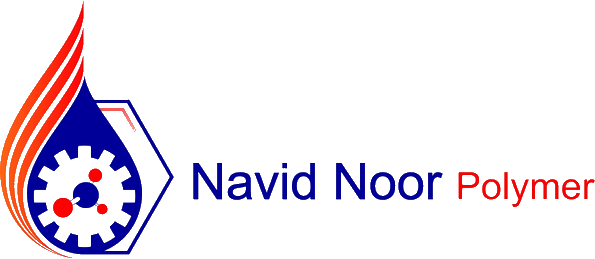
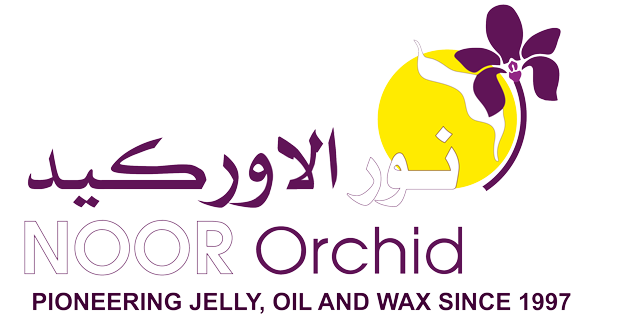





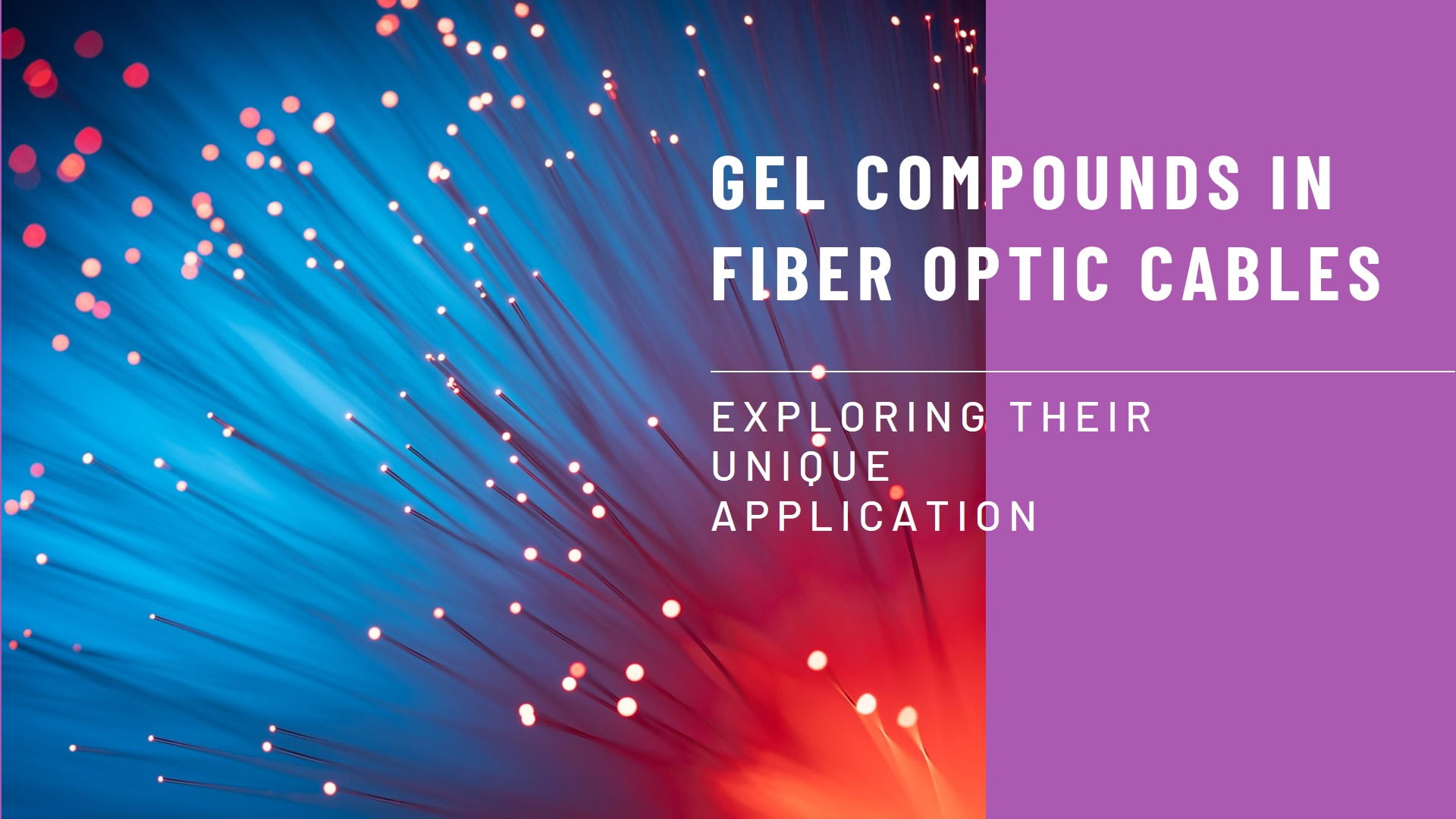
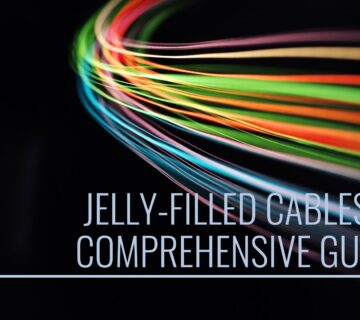
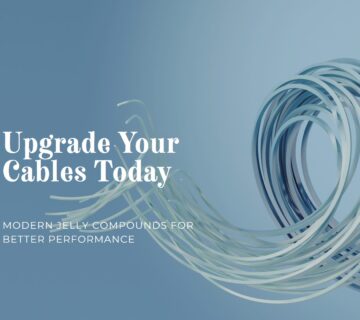
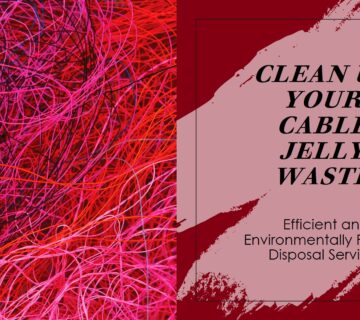
No comment